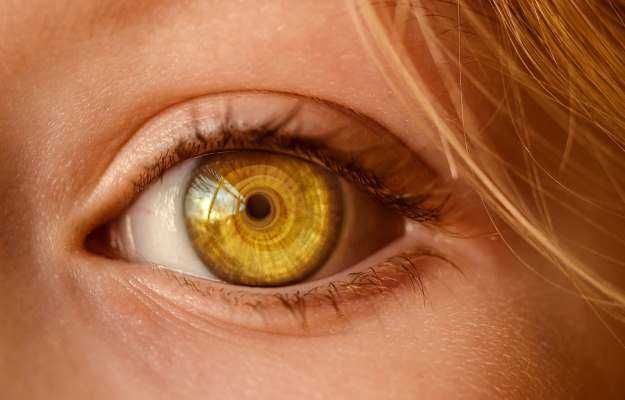What is Sjogren’s Syndrome?
In 1933, Dr. Henrick Sjogren first identified this syndrome as an autoimmune disease in which the moisture-producing cells of the body are destroyed. It is mostly seen in people above 40 years of age and women are mostly affected. Often, it is a complication of other autoimmune diseases, such as rheumatoid arthritis or lupus.
What are the main signs and symptoms?
The main symptoms include
- Dry eyes cause burning, itching, soreness, and swollen eyes with blurred vision
- Dry mouth results in:
- Sticking of food in the mouth or throat
- Hoarse voice and smooth red tongue
- Dry cracked corners of the lips
- Altered taste sensation
- Tooth decay, mouth ulcers, and oral thrush
- Dry itchy skin
- Joint and muscle pain
- Swollen salivary glands
- Vaginal dryness in women
- Sun rashes
What are the main causes?
The cause is unknown but most people with the disease have an abnormal protein in their blood. The immune system first targets the moisture-producing glands of the body located around the nose, eyes and mouth.
How is it diagnosed and treated?
Your doctor will examine your eyes and mouth for the symptoms. It is difficult to diagnose at times, as dryness of mouth and eyes are the side effects of many medications. Certain examinations, such as blood tests, eye test, sialography (X-ray done after injecting a dye in the salivary gland to check for the flow of saliva), salivary scintigraphy (involves injecting of a radioactive isotope in the blood to check for the time needed to reach the salivary gland), and lip biopsy, are also performed to confirm the diagnosis.
Dryness of eyes can be managed by using lubricating eye drops. Frequent water intake, chewing gums, and salivary substitutes may reduce dryness of mouth. Antifungal medicines are used to treat yeast infections of the mouth. Occasionally, immunosuppressant medicines are used to control the immune system.

 OTC Medicines for Sjogren's Syndrome
OTC Medicines for Sjogren's Syndrome















